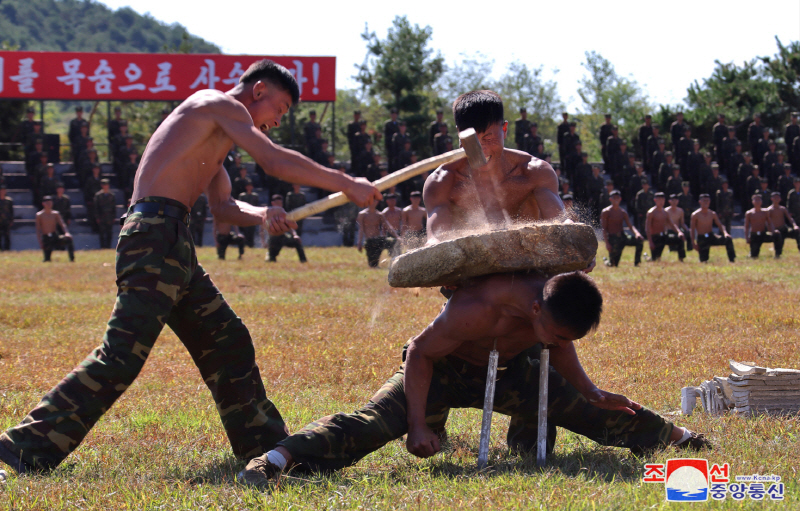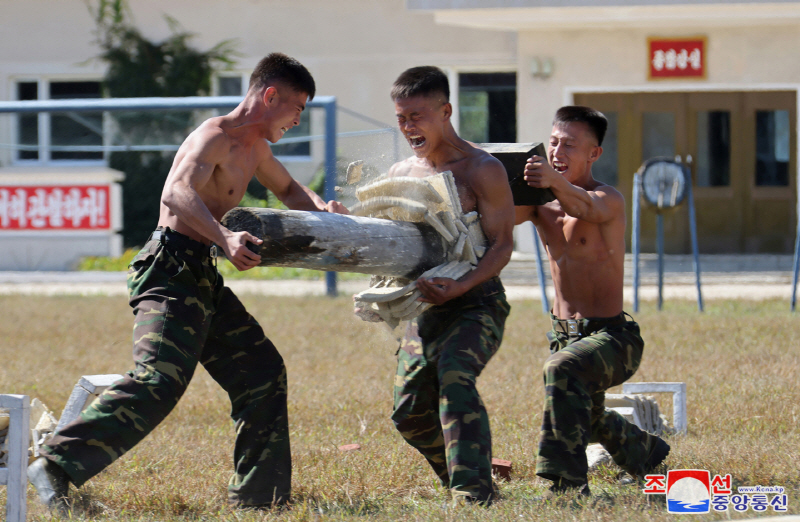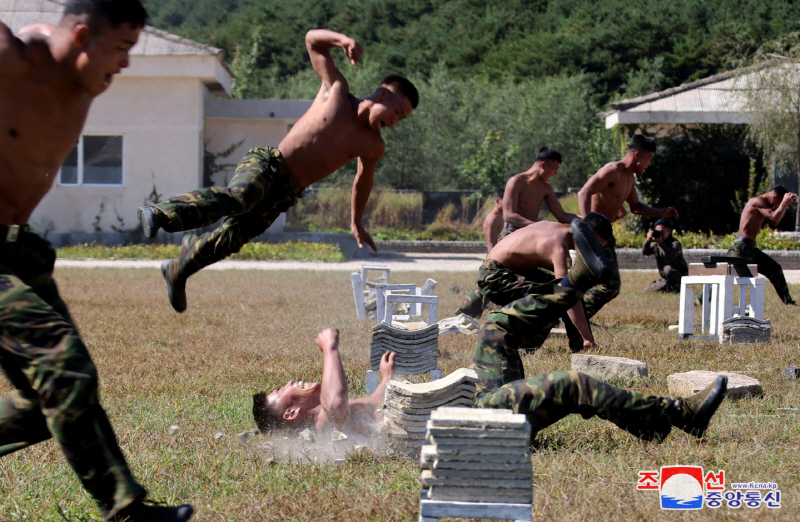Concerns have emerged that members of North Korea’s 11th Corps, known as the “Storm Corps,” who have reportedly been deployed to Russia, may face a rise in desertions and defections.
A former member described their training as intense and designed to turn soldiers into lethal weapons but noted that they may be susceptible to psychological warfare, potentially leading to a significant increase in desertions and defections.
The Storm Corps is a highly specialized unit akin to South Korea’s Special Warfare Command, with its origins tracing back to the elite “Kim Shin-jo Unit.” This unit, the core of which was the 124th Unit responsible for the 1968 Blue House raid, formed the backbone of the 11th Corps, established in 1969 as the Special 8th Corps.

Lee Woong-gil, a 43-year-old defector and former member of the Storm Corps, commented on October 30, noting, “Even in the Russian military, the environment is far freer than in North Korea. North Korean youths deployed overseas are naturally exposed to the outside world and will start to see things differently.”
Referring to eyewitness accounts of the young, late-teen to early-twenties soldiers sent to Russia, Lee added, “The faces seen in videos circulating online don’t show experienced squad leaders but young recruits, freshly assigned to their units. It’s heartbreaking—they seem to be there as ‘cannon fodder.’”
Lee served from August 1998 to October 2003 as a liaison officer to the brigade commander of the 87th Infantry Brigade of the 11th Corps, retiring as a senior soldier. He stated that his motivation to join the special forces stemmed from a desire to join the Workers’ Party more quickly than his peers.
After defecting from Chongjin, North Hamgyong Province, in June 2006, Lee arrived in South Korea in February 2007. His background as a member of the Storm Corps is well-known among North Korean defectors, and he has shared his experiences in various media appearances.

Lee believes that it is feasible to induce defections among North Korean troops deployed to Russia, using his own story as an example.
“Even the young men of the Storm Corps will inevitably have a change of mind when exposed to freedom and the wider world,” he said. “If most of the deployed soldiers are new recruits, psychological warfare involving loudspeakers and broadcasts could be particularly effective in encouraging defections.”
Lee also disclosed insights into the Storm Corps’ rigorous selection and training processes. “Training includes kicking logs embedded with nails using bare legs and swiftly stabbing and withdrawing one’s hand from heated sand—a practice known as ‘knife-hand thrusts’—to create soldiers trained as lethal weapons,” he said.
Lee recounted watching close-combat training where soldiers subdued opponents using any object available, from pens to spatulas, turning them into potential weapons.
Selection for the Storm Corps is highly competitive, with recruits screened for physical attributes and background checks. Recruits undergo a year of general basic training, after which only those who excel in martial arts and physical fitness are chosen for specialized, grueling training to become elite combat soldiers.
Despite the individual combat prowess of the Storm Corps members, Lee expressed doubts about their ability to achieve significant battlefield success in the front lines of the Russia-Ukraine conflict. “The primary role of the Storm Corps is rapid infiltration behind enemy lines for missions like assassinations and facility sabotage,” he explained.

“The current deployment region doesn’t seem suited for such operations. It’s unclear what role the Storm Corps will play in a war primarily involving missile strikes, drone warfare, and electronic battles.”
On October 30, South Korea’s Defense Intelligence Agency suggested that some members of North Korea’s vanguard deployed to Russia might have been dispatched to the Ukrainian front.
Commenting on the deployment of the Storm Corps, a military source stated, “This elite unit is significantly more combat-capable than regular infantry, which likely influenced the decision to deploy them. Additionally, it may have been a move to appeal to President Putin.”
However, the source noted challenges: “The Storm Corps’ main mission involves deep rear-area infiltration, but current combat zones like Kursk are open fields, which could limit their effectiveness. Moreover, the nature of this war heavily involves drones, a capability North Korean forces lack, making them vulnerable.”
According to intelligence assessments, the 11th Corps comprises around 10 brigades and approximately 40,000 soldiers. Its main tasks include rear-area infiltration, disruption, and urban operations.
BY JAESUNG BAE, YOUNGNAM KIM [kim.youngnam@koreadaily.com]




